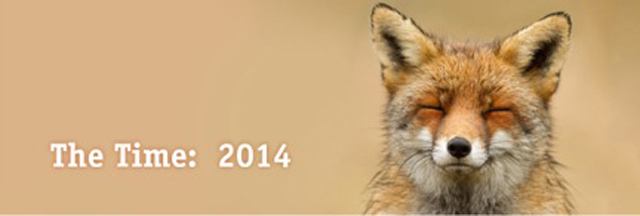
Each year at Frances Hesselbein’s holiday party, I find three of the youngest people in the room and try to learn from them. This year felt like a great inflection point, a return to enthusiasm and optimism, illuminated by the life trajectories of three young leaders:
Ruthie graduated summa cum laude in Anthropology from Princeton three years ago. She worked at an advertising firm and wasn’t happy. She recently quit and spent four months focused on learning basic programming and big data skills in a training course. Ruthie just landed a job with a start-up. She’s thrilled by the team she is joining and its’ enthusiasm in the office every day.
Travis is a senior at Columbia, studying social philosophy. He yearns to work for a non-profit, but is putting that dream on the back burner for a couple of years. “My dad and mom live in Detroit,” he told me. “They are in their 60s and working hard. My father works in an automobile plant. Every morning he gets up and is in pain, but he knows he has to go to work. My mom works for H&R Block. I want to make money so they can retire.” He explained his plan: He’s taken three courses in computer coding. Software engineers are making $150,000 or so a year. Travis expects to work for a company like Yahoo or Google for three to five years, pay down his parents’ mortgage, and then move on to the social sector job he really wants.
Rafael quit a job in Brooklyn to begin his own venture. He has a part-time job to pay for food and is sleeping on a friend’s couch. As he told me about the idea he is building, Rafael’s excitement was palpable. He took me through the history of portraits, how artifacts were added, how heads were turned, how three poses were superimposed, and so on. He then explained his concept for future portraits: one-minute “videolages composed of video clips from a person’s life, at different moments, in different poses, with different people. By the time he finished his explanation, I believed in his business.
These are tracks which few people in my generation would have followed, or even imagined. Everywhere I go I’m inspired by twenty-somethings, by their excitement and sense of freedom, balanced with a keen sense of responsibility. Their abilities enhance their confidence and capability to take risks and to vision the future.
My talks with Ruthie, Travis, and Rafael echo recent conversations with my clients, who are trying to both serve them as customers and engage them as employees or partners in this “age of transparency:”
- Are we able to keep up and service customers’ hunger to provide and receive immediate feedback? When we reinvent this business for tomorrow, what are the services we must provide? For example, what data, feedback, and service are appropriate for a customer who buys a piano? How about a toothbrush? Should a company send reports to the customer or wait for the customer’s request? And how should these duties be split between computers and humans?
- How can we create organizations that are not only transparent and flexible but truly cohesive? How can we best build platforms or communities that attract and nurture entrepreneurs, keep our unique identities, and link with other players? How do we keep our values and fulfill our missions and make certain our business will be viable tomorrow…while everything around us is changing?
The organization must first be agile and smart so that it’s ready to serve the customer. Peter Drucker said, “An institution is like a tune; it is not constituted by individual sounds but by the relations between them.” These days, we are experiencing symphonies, and cacophonies, that have never before been heard. Listen, enjoy, and contribute. Shape the harmonies as the emerging leaders hidden among us are doing. We meet them in all kinds of places.
2014 promises to be a great year. I look forward to learning and growing with you.
Thank you for being on this journey with me.
Liz Haas Edersheim
PS: My favorite reads from last year:
- Roger Martin and A.G. Lafley’s Playing to Win. A great how-to book on strategy. It builds on foundations: Michael Porter’s five forces, Chris Argyris’ double-loop learning, Peter Drucker’s managing for results, and Martin’s integrative thinking and takes the whole further. It’s now the frame I use every time I am working with a client on strategic issues.
- Eric Schmidt’s The New Digital Age: Reshaping the Future of People, Nations and Business. The ideas and possibilities here are very edgy.
- Mary Oliver’s Dog Songs. This book keeps me smiling.